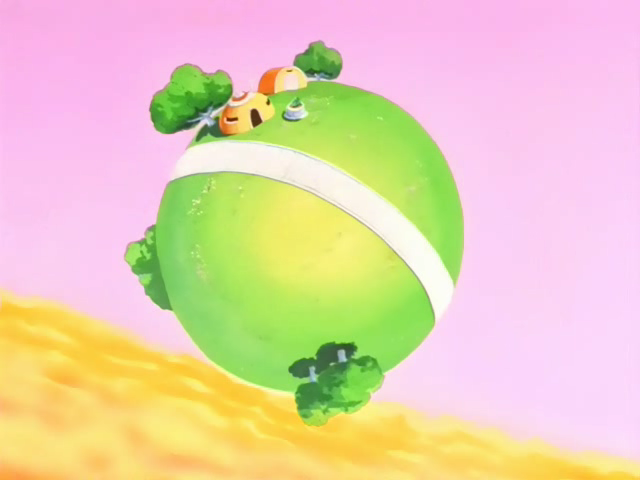I was listening to the most recent Fire Escape podcast and they got a question if they have walked more in a game or real life. That got me thinking about scale and the game worlds I have been in. The experience contrast between how big the world feels and how big it actually is in time passed by walking it. For example, someone walked the map of The Witcher 3 and found that it took 45 minutes. If I walk for 45 minutes I have basically only walked from my apartment to just beyond my mom's which is about 3-4km or 2-3 miles. That's not very far, but here's where I find the illusion of scale intresting. In a game everything feels bigger than it is due to design. What that deisgn is I have a hard time pinpointing but one aspect is that the open parts of a map (forest, fields, etc.) are quite small by real world standards. A forest in a game isn't actually particularly big (including tall trees not actually being scale wise tall). And if we're counting houses in a big city in a game it's probably going to be very few in comparison to a big city in real life. But in the context of the game it seems big. I admire the ability to build that illusion.
The more I think about this the smaller the worlds in game actually seem to be. But while in them, that illusion still works and I think it works because it's blancing making the world feel big while not being so big that you would get bored travelling through it. So the scale has to be set to a size that doesn't detract from the experience.
So how do you feel, ever felt like the maps/worlds are bigger/smaller than they are potrayed to be in comparison to real life?

Log in to comment